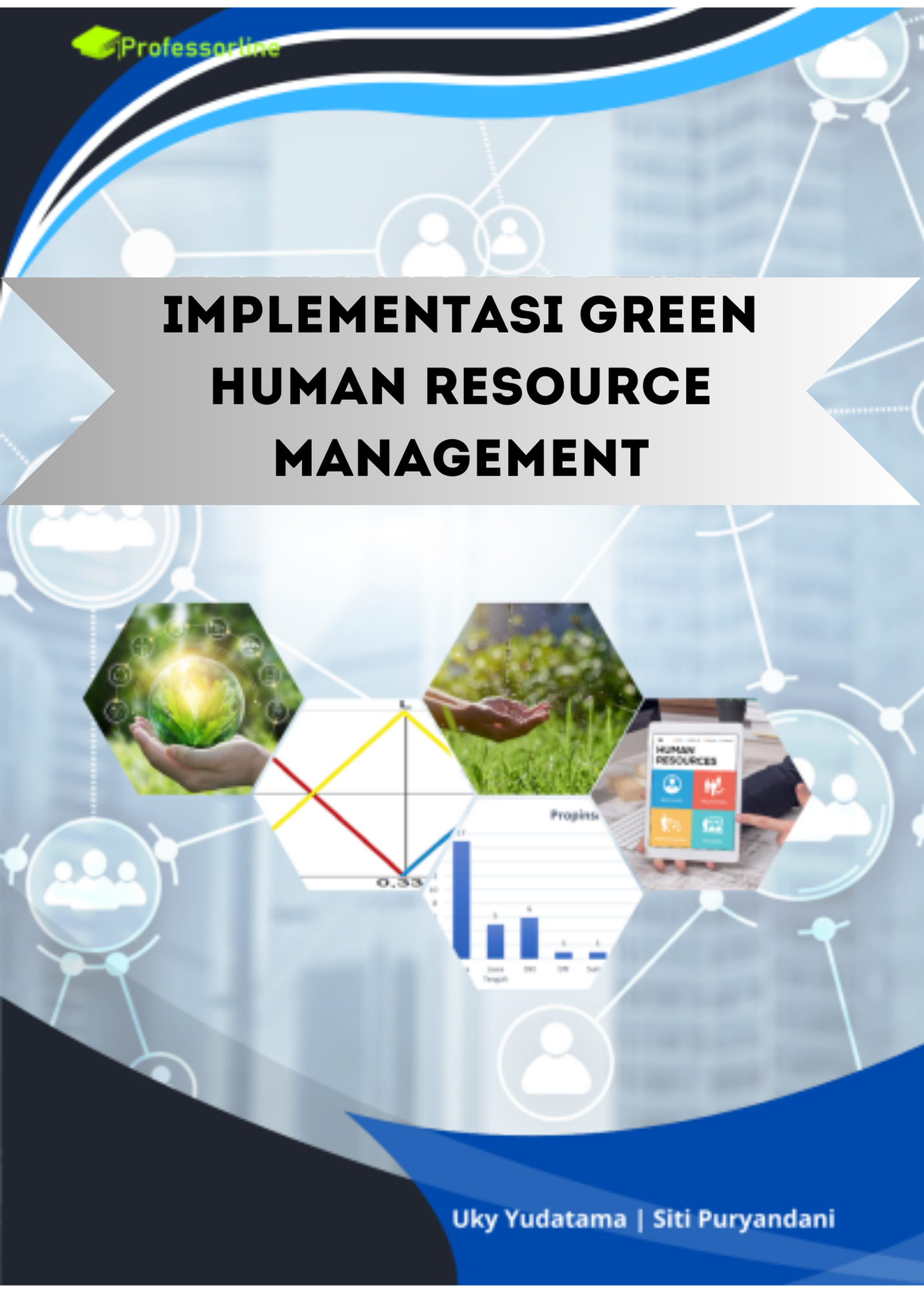IMPLEMENTASI GREEN HUMAN RESOURCE MANAGEMENT
Abstrak
Buku ” Implementasi Green Human Resource Management” membahas penggunaan metode Fuzzy Interpretive Structural Modeling (FISM) untuk menganalisis elemen-elemen kunci dalam implementasi Green Human Resource Management (GHRM). Buku ini mengintegrasikan konsep logika fuzzy dan Interpretive Structural Modeling untuk memahami hubungan kompleks antar elemen dalam sistem GHRM, memberikan wawasan yang komprehensif dan aplikatif bagi praktisi dan akademisi dalam merancang strategi GHRM yang efektif dan berkelanjutan.
Referensi
Ajmera, P., & Jain, V. (2020). A fuzzy interpretive structural modeling approach for evaluating the factors affecting lean implementation in Indian healthcare industry. International Journal of Lean Six Sigma, 11(2), 376–397. https://doi.org/10.1108/IJLSS-02-2018-0016
Anwar, N. et al. (2020) ‘Green Human Resource Management for organisational citizenship behaviour towards the environment and environmental performance on a university campus’, Journal of Cleaner Production. Elsevier Ltd, 256, p. 120401. doi: 10.1016/j.jclepro.2020.120401.
Ari, E. et al. (2020) ‘A conceptual model for green human resource management: Indicators, differential pathways, and multiple pro-environmental outcomes’, Sustainability (Switzerland), 12(17). doi: 10.3390/su12177089.
Appelbaum, E. (2000). Manufacturing advantage: Why high-performance work systems pay off: Ithaca, NY: Cornell University Press.
Boselie, P., Dietz, G., & Boon, C. (2005). Commonalities and contradictions in HRM and performance research. Human resource management journal, 15(3), 67-94.
Gilal, F. G. (2019). Promoting environmental performance through green human resource management practices in higher education institutions: A moderated mediation model. Corporate Social Responsibility and Environmental Management, 26(6), 1579–1590. https://doi.org/10.1002/csr.1835
Rani, S. and Mishra, K. (2014) ‘Green HRM : Practices and Strategic Implementation in the Organizations’, International Journal on Recent and Innovation Trends in Computing and Communication, 2(11), pp. 3633–3639.
Shahriari, B., Hassanpoor, A., Navehebrahim, A., & Inia, S. J. (2020). Designing a green human resource management1 model at university environments: Case of universities in Tehran. Evergreen, 7(3), 336–350. https://doi.org/10.5109/4068612
Singh, S. K. et al. (2020) ‘Green innovation and environmental performance: The role of green transformational leadership and green human resource management’, Technological Forecasting and Social Change. Elsevier, 150(September 2019), p. 119762. doi: 10.1016/j.techfore.2019.119762.
Salim, Agus, D. (2017) ‘PROS_ Agus S, Lieli S_Model implementasi green human_fulltext.pdf’.
Tairu, Z. (2018). Green Human Resource Management-Delivering High-Performance Human Resource Systems at Divine Word University Papua New Guinea. In World Sustainability Series (pp. 489–511). https://doi.org/10.1007/978-3-319-63007-6_30.
Yale University (2020) 2020 EPI Results. Available at: https://epi.yale.edu/epi-results/2020/component/epi (Accessed: 18 January 2021).























